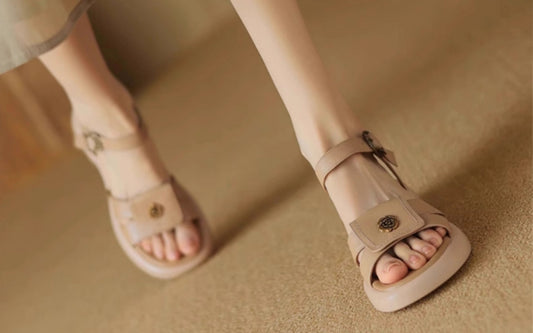Shoes have come a long way from being mere protective coverings for the feet. Today, they are a powerful expression of culture, status, and personal style. Let’s take a journey through the fascinating evolution of footwear.
Ancient Beginnings
The earliest shoes were simple sandals made from natural materials like grass, leaves, or animal hides. These were designed purely for function—to protect feet from rough terrain and extreme weather. Archaeological findings suggest that the oldest known shoes date back to around 8,000 BCE.
Medieval and Renaissance Footwear
During the Middle Ages, shoes became more elaborate, reflecting social status. Pointed toes, known as "poulaines," were popular among the nobility, while peasants wore practical leather boots. The Renaissance period saw the rise of high heels, initially worn by men to signify power and wealth.
Industrial Revolution and Mass Production
The 19th century brought significant changes with the invention of sewing machines and rubber soles. Shoes became more affordable and accessible, leading to the rise of standardized sizes and styles. This era also saw the birth of iconic designs like the Oxford and the Derby.
Modern Footwear: A Blend of Art and Technology
Today, shoes are a fusion of innovation and artistry. Designers experiment with materials, shapes, and colors to create unique styles. At the same time, advancements in technology have introduced features like memory foam insoles, 3D-printed soles, and eco-friendly materials.
From humble beginnings to high fashion, the evolution of footwear reflects humanity’s creativity and adaptability. Shoes are no longer just functional—they are a canvas for self-expression.




